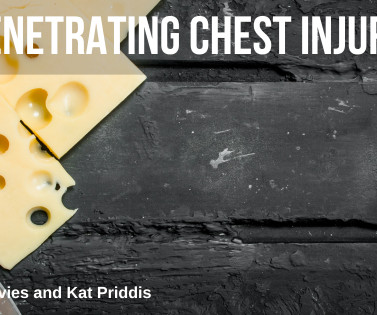Targeted Temperature Management in Paediatric Traumatic Brain Injury
Don't Forget the Bubbles
NOVEMBER 11, 2024
One-liner… Traumatic brain injury (TBI) is a leading cause of mortality and morbidity in paediatric populations, and fever is associated with worse outcomes. A 12-year-old boy presents with a significant head injury following a road traffic accident. What are the potential complications of therapeutic hypothermia?
















Let's personalize your content